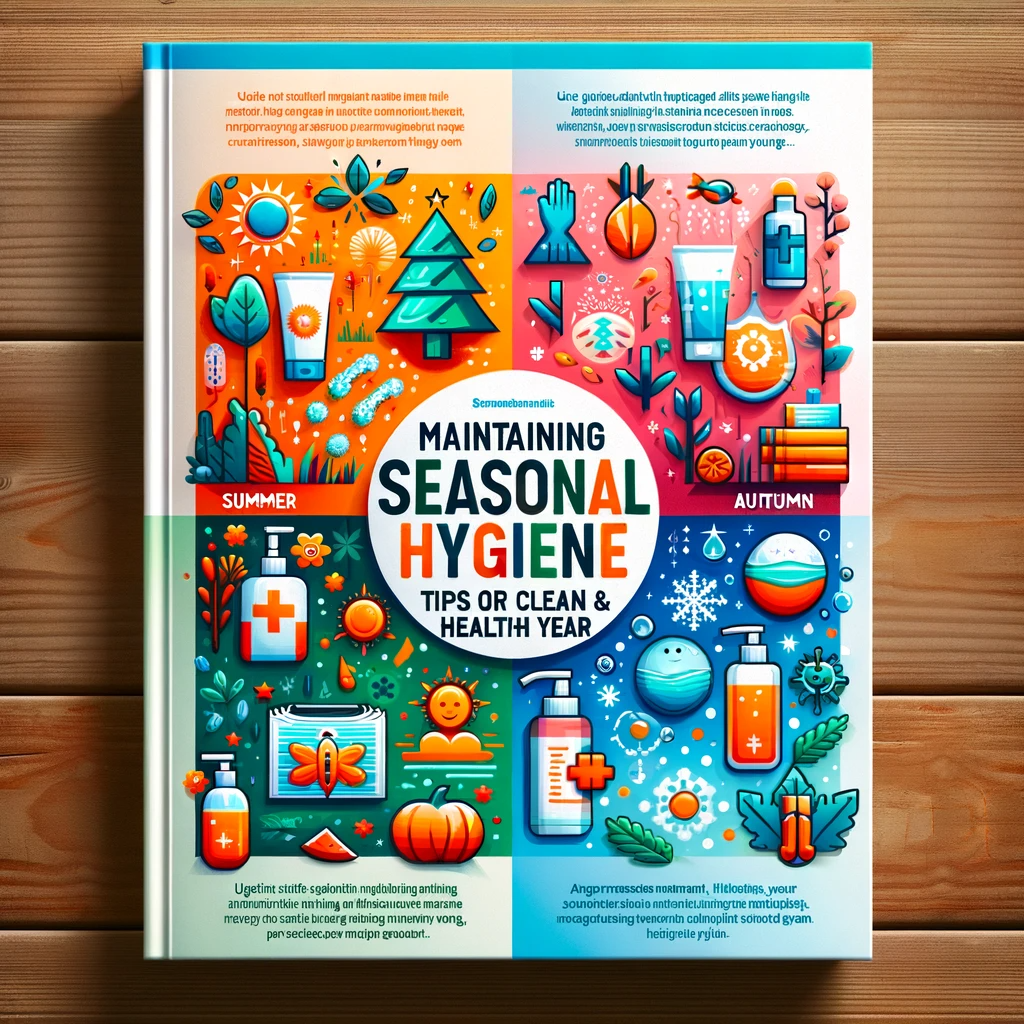Oral health is a multifaceted aspect of overall wellness that extends far beyond the mere aesthetics of a bright smile. It encompasses a wide array of practices, understandings, and innovations that collectively contribute to not only maintaining healthy teeth and gums but also influencing overall physical and mental well-being. From the basics of brushing and flossing to the advanced realms of dental technology and its impact on systemic health, the world of oral care is continually evolving. This comprehensive exploration delves into various facets of oral health, including the prevention and treatment of tooth decay, the significant role of saliva, the challenges and solutions in combating gum disease, and the effects of lifestyle choices on oral hygiene. Additionally, it highlights cutting-edge advancements in dental care, the critical importance of children’s oral health, and the profound connection between oral health and overall well-being. By understanding these diverse aspects, we gain valuable insights into how oral health is intricately linked to our daily lives and long-term health.
| Category | Tips & Tricks | Description & Benefits |
|---|---|---|
| Brushing Techniques | Use a soft-bristled brush | Gentle on gums, reduces risk of enamel erosion. |
| Brush for 2 minutes | Ensures thorough cleaning. | |
| Circular motion brushing | More effective at removing plaque. | |
| Flossing Habits | Floss once a day | Removes plaque and food particles between teeth. |
| Use a gentle sawing motion | Effective for cleaning between teeth without harming gums. | |
| Dietary Choices | Limit sugary and acidic foods | Reduces risk of tooth decay and enamel erosion. |
| Include crunchy fruits and vegetables | Natural way to clean teeth and stimulate saliva production. | |
| Lifestyle Adjustments | Quit smoking | Reduces risk of gum disease, tooth loss, and oral cancer. |
| Reduce alcohol consumption | Decreases risk of oral cancer and other oral health issues. | |
| Regular Dental Checkups | Visit the dentist every 6 months | Early detection and prevention of oral health issues. |
| Professional cleanings | Removes tartar build-up, polishes teeth. | |
| Children’s Oral Health | Start dental visits early | Encourages good oral habits from a young age. |
| Make oral hygiene fun | Use flavored toothpaste, toothbrushes with characters. | |
| Oral Hygiene Products | Use fluoride toothpaste | Strengthens tooth enamel, prevents decay. |
| Consider mouthwash | Helps control plaque, freshens breath. | |
| Dealing with Sensitivity | Use desensitizing toothpaste | Reduces tooth sensitivity. |
| Avoid overly hot or cold foods and drinks | Prevents discomfort from tooth sensitivity. | |
| Stress Management | Practice relaxation techniques | Reduces teeth grinding and improves overall oral health. |
Oral Health: A Comprehensive Guide to a Healthy Mouth
Introduction to Oral Health
Oral health is a crucial aspect of overall wellness, affecting not just our teeth and gums but also our general health. This section will explore the basic principles of maintaining good oral health, focusing on routine practices and understanding the underlying science.
The Basics of Oral Hygiene
- Brushing Techniques: Learn the correct way to brush your teeth to maximize plaque removal and protect your enamel.
- Flossing Fundamentals: Understand the importance of flossing daily and the right techniques to reach those tricky areas between teeth.
- Choosing the Right Products: Tips for selecting toothpaste, toothbrushes, and mouthwashes that suit your specific oral health needs.
Regular Dental Check-Ups
- Preventive Care: The role of regular dentist visits in preventing dental issues and maintaining oral health.
- Professional Cleanings: How professional cleanings can remove plaque and tartar build-up and prevent gum disease.
Diet and Oral Health
- Foods to Embrace: Nutrients that are beneficial for teeth and gum health.
- Foods to Avoid: Identifying foods and beverages that can harm your oral health, like sugary snacks and acidic drinks.
The Role of Diet in Maintaining Optimal Oral Health
Understanding the Diet-Oral Health Connection
Exploring how what we eat and drink directly impacts our oral health, affecting everything from tooth decay to gum disease.
Nutrients Essential for Healthy Teeth and Gums
- Calcium and Vitamin D: Their role in strengthening teeth.
- Vitamins A and C: How they contribute to gum health.
Harmful Dietary Habits
- Sugar and Oral Health: Understanding how sugar leads to cavities and what you can do about it.
- Acidic Foods and Beverages: How they can erode tooth enamel and ways to minimize their impact.
Tips for a Teeth-Friendly Diet
- Meal Planning for Oral Health: Incorporating teeth-friendly foods into your daily diet.
- Snacking Smartly: Choosing snacks that promote, rather than harm, oral health.
Brushing and Flossing Techniques for Superior Oral Hygiene
The Art of Brushing
- Proper Brushing Technique: Step-by-step guide to effectively brush your teeth.
- Choosing the Right Brush: How to select a toothbrush that suits your oral health needs.
The Importance of Flossing
- Flossing Done Right: Techniques for thorough flossing to remove plaque effectively.
- Types of Floss: Exploring different floss types and finding the best one for your teeth.
Brushing and Flossing: Myths vs. Facts
- Common Misconceptions: Debunking myths about brushing and flossing.
- Best Practices: Updated recommendations from dental professionals.
Advanced Tips and Tools
- Interdental Brushes and Water Flossers: Exploring additional tools that can enhance your oral hygiene routine.
- Sensitive Teeth Solutions: Special techniques and products for those with sensitive teeth.
Understanding Tooth Decay and Prevention Strategies
The Science of Tooth Decay
- Causes of Decay: A look at how tooth decay develops, focusing on plaque, bacteria, and the role of sugar.
- Stages of Decay: Understanding the progression of tooth decay from initial demineralization to cavities.
Preventive Measures
- Daily Oral Care: Emphasizing the importance of regular brushing and flossing to prevent decay.
- Fluoride’s Role: Exploring how fluoride in toothpaste and water can help remineralize and strengthen teeth.
Diet and Decay
- Nutrition for Healthy Teeth: Identifying foods that promote dental health and those that increase the risk of decay.
- Balancing pH in the Mouth: Understanding the importance of maintaining a neutral pH to prevent enamel erosion.
Professional Interventions
- Regular Check-Ups and Cleanings: The necessity of professional dental care in identifying early signs of decay and providing preventative treatments.
- Sealants and Fluoride Treatments: How these treatments can protect teeth, especially in children.
The Science of Saliva: Its Importance in Oral Health
Saliva’s Role in Oral Health
- Natural Defense Mechanism: Understanding how saliva protects against tooth decay and gum disease.
- Enzymes and pH Balance: How saliva helps in digestion and maintains a healthy pH balance in the mouth.
Conditions Affecting Saliva Production
- Dry Mouth (Xerostomia): Causes of dry mouth, its impact on oral health, and ways to manage it.
- Systemic Diseases and Saliva: Exploring how certain systemic diseases can affect saliva production.
Enhancing Saliva Production
- Hydration and Diet: The importance of staying hydrated and dietary tips for stimulating saliva production.
- Chewing Gums and Lozenges: How sugar-free gums and lozenges can help stimulate saliva flow.
Saliva Testing in Dental Care
- Diagnostic Tool: How saliva tests can help in diagnosing and monitoring various oral health conditions.
Gum Disease: Causes, Prevention, and Treatment
Understanding Gum Disease
- Gingivitis vs. Periodontitis: Differentiating between the stages of gum disease and their implications.
- Risk Factors: Identifying factors that increase the risk of developing gum disease.
Preventing Gum Disease
- Effective Oral Hygiene: Strategies for maintaining gum health through proper brushing and flossing.
- Lifestyle Modifications: Lifestyle changes that can reduce the risk of gum disease, such as quitting smoking.
Treatment Options
- Non-Surgical Treatments: Deep cleaning procedures like scaling and root planing.
- Surgical Interventions: When surgery might be necessary and what it involves.
The Connection Between Gum Health and Overall Health
- Systemic Implications: Exploring how gum disease can affect the rest of the body, including heart health and diabetes.
The Impact of Lifestyle Choices on Oral Health
Diet and Oral Health
- Balanced Diet for Healthy Teeth: The importance of a balanced diet in maintaining oral health.
- Harmful Habits: How excessive sugar and acidic foods can damage teeth.
Tobacco and Alcohol Use
- Effects of Smoking and Chewing Tobacco: Their impact on teeth coloration, gum health, and cancer risk.
- Alcohol Consumption: Understanding how alcohol affects oral hygiene and increases the risk of oral cancer.
Stress and Oral Health
- Bruxism (Teeth Grinding): How stress can lead to teeth grinding and ways to manage it.
- Mouth Ulcers: The link between stress and the development of mouth ulcers.
Oral Hygiene Routine
- Tailoring Your Routine: Adapting your oral care routine to suit your lifestyle and specific health needs.
- Regular Dental Visits: The importance of regular check-ups in maintaining oral health.
Innovations in Dental Care: What’s New in Oral Health?
Cutting-Edge Dental Technologies
- Teledentistry: The rise of remote dental consultations and its implications for patient care.
- 3D Printing in Dentistry: How 3D printing is revolutionizing dental treatments and prosthetics.
Advances in Treatment Methods
- Laser Dentistry: Exploring the use of lasers for painless and precise dental procedures.
- Biocompatible Materials: The development of new materials for fillings and implants that are safer and more durable.
Improvements in Preventative Care
- AI and Machine Learning: How AI is being used to predict dental issues and personalize treatment plans.
- Digital X-rays: The advantages of digital over traditional X-rays in terms of radiation exposure and image clarity.
The Future of Dental Care
- Gene Therapy and Oral Health: Potential future treatments using gene therapy for dental diseases.
- Smart Toothbrushes: How technology is making at-home dental care more effective and interactive.
Children’s Oral Health: Building Blocks for a Healthy Future
Early Childhood Dental Care
- First Dental Visit: When to bring your child for their first dental visit and what to expect.
- Teething and Early Childhood Oral Care: Managing teething and establishing a good oral care routine from a young age.
Preventing Tooth Decay in Children
- Dietary Guidelines: Tips on healthy eating to prevent childhood cavities.
- Fluoride Use: Guidelines on the safe use of fluoride for children.
Orthodontics and Young Teeth
- Early Assessment: The importance of early orthodontic assessments for children.
- Braces and Aligners: Options for correcting misaligned teeth in children and adolescents.
Educating Children about Oral Health
- Fun Ways to Teach Oral Hygiene: Interactive methods to educate children about the importance of brushing and flossing.
- Role of Parents and Caregivers: How parents and caregivers can model good oral health behaviors.
The Link Between Oral Health and Overall Well-being
Oral Health and Systemic Diseases
- Heart Disease and Oral Health: Exploring the connection between gum disease and heart health.
- Diabetes and Oral Care: How oral Care can impact diabetes management and vice versa.
Mental Health and Oral Hygiene
- Stress and Oral Health Issues: The impact of stress and anxiety on oral health, including conditions like bruxism.
- Self-Esteem and Oral Appearance: How the health and appearance of teeth can affect mental well-being and confidence.
Holistic Approaches to Oral Health
- Natural and Alternative Dental Care: An overview of natural remedies and holistic approaches in dentistry.
- The Role of Nutrition: Understanding how a balanced diet supports oral and overall health.
Preventative Strategies
- Regular Dental Checkups: The importance of routine dental visits for early detection and prevention of oral diseases.
- Oral Hygiene as a Wellness Practice: Positioning oral care as an integral part of a holistic wellness routine.
Final Thoughts
The journey through the vast landscape of oral health reveals a profound connection between our mouths and our overall health. From the science behind tooth decay and the critical role of saliva, to the impact of diet and lifestyle choices, each aspect of oral health is intertwined with our broader well-being. Innovations in dental care are not just enhancing treatment methods but are also paving the way for more personalized and effective oral health strategies. The importance of instilling good oral habits in children cannot be overstated, as these early practices lay the foundation for a lifetime of health. Ultimately, the link between oral and systemic health underscores the need for a holistic approach to wellness. Regular dental checkups, a balanced diet, and proper oral hygiene practices are more than just steps towards a healthier mouth; they are integral components of a healthier life. By embracing the comprehensive nature of oral health, we can all smile brighter, knowing that we are contributing positively to our overall health and quality of life.
FAQs
1. What is the most effective way to prevent tooth decay?
- Regular brushing with fluoride toothpaste, flossing daily, reducing sugar intake, and having routine dental check-ups are key strategies to prevent tooth decay.
2. How often should I replace my toothbrush?
- It is recommended to replace your toothbrush every 3-4 months or sooner if the bristles become frayed.
3. Can diet really affect my oral health?
- Yes, a diet high in sugars and acids can lead to tooth decay and gum disease, while a balanced diet can help maintain healthy teeth and gums.
4. What are the early signs of gum disease?
- Early signs include red, swollen, or bleeding gums, bad breath, and gum sensitivity. It’s important to consult a dentist if you notice these symptoms.
5. Are dental X-rays safe?
- Yes, dental X-rays are safe. The level of radiation exposure is low, and they are a valuable tool for diagnosing oral health issues.
6. How can I make my child’s oral care routine more effective?
- Introduce fun elements like flavored toothpaste, toothbrushes with characters, and rewarding good oral hygiene habits to make the routine more appealing to children.
7. What is the best way to deal with sensitive teeth?
- Use toothpaste designed for sensitive teeth, avoid acidic foods and drinks, and consult your dentist for specific treatments and advice.
8. Can stress affect my oral health?
- Yes, stress can lead to teeth grinding, mouth ulcers, and may negatively impact oral hygiene habits, thereby affecting oral health.
9. What are the latest innovations in dental care?
- Advancements include teledentistry, 3D printing for dental prosthetics, laser dentistry, and AI-powered diagnostic tools.
10. How is oral health linked to overall well-being?
- Poor oral health has been linked to various systemic diseases like heart disease and diabetes, and it also impacts mental health and self-esteem.







